On the morning of June 27, 2025, under the direction of National Assembly Chairman Tran Thanh Man, the National Assembly voted to pass the Law on Science, Technology and Innovation with a high approval rate, reaching 435/438 delegates (accounting for 91.00%). This is considered a breakthrough in institutionalizing important resolutions of the Party, especially Resolution 57 on the development of science, technology and innovation, Resolution 66 on the development of a knowledge-based economy and Resolution 68 on innovation in the management mechanism of science and technology tasks.
The Law takes effect from October 1, 2025, contributing to promoting activities such as: Forming a technology exchange, promoting the transfer and commercialization of research results, removing administrative barriers, and strengthening the protection of intellectual property rights.
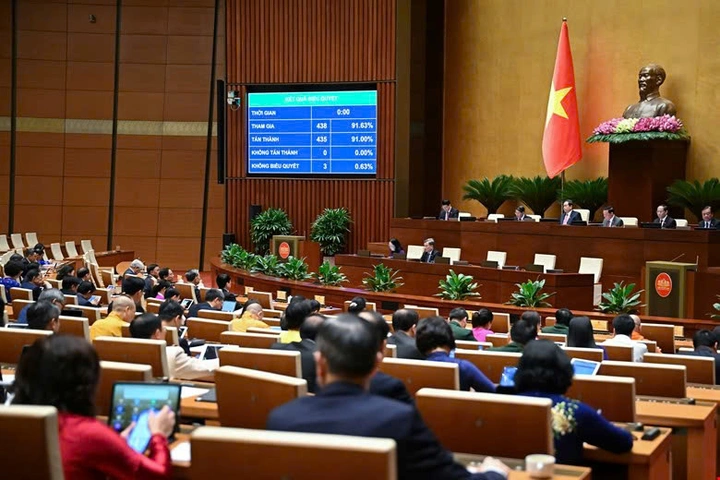
The National Assembly passed the Law on Science , Technology and Innovation.
In the context of the world entering the era of knowledge, science, technology and innovation have become the key driving force for all developing countries. For Vietnam, the promulgation of the Law on Science, Technology and Innovation is not only a legal reform requirement, but also a strategic orientation step, creating an institutional foundation for development based on Vietnamese intelligence. The new law was born at a special time when the entire political system identified innovation as one of three strategic breakthroughs. The thinking in building the law this time is not simply to amend old technical contents, but to "redesign" the institutional framework to operate an open, interconnected and market-oriented innovation ecosystem.
In principle and scope of regulation
The Law on Science, Technology and Innovation clearly defines the scope of regulation, subjects of application, along with fundamental concepts such as science, technology and innovation, innovation ecosystem, digital platform and national database. The operating principles are established to ensure sustainable development orientation, respect freedom of research, promote scientific integrity and promote international integration. From the beginning, the law has chosen a post-audit management method, while enhancing the autonomy of organizations and individuals in science, technology and innovation activities.
For the first time, innovation has been codified as an independent field, with a status equivalent to that of science and technology in the national legal system. This is an important shift in perception, demonstrating the view that innovation is a seamless chain of activities, from idea generation, testing to practical application and commercialization.
The scope of the law is also expanded to cover new organizational models, innovative production mechanisms and innovative management methods in both the public and private sectors. Activities that were previously less recognized by law, such as community initiatives, innovation in public services, and digital technology applications, have now officially become a part of the national innovation ecosystem.
The law recognizes and promotes the role of diverse actors, from research institutes, universities, businesses, intermediary organizations to open technology communities and non-profit organizations. Thereby, not only the public sector, but the whole society is mobilized into the comprehensive innovation process.
On the State's role in creating and managing mechanisms
One of the highlights of institutional innovation is the strong shift from pre-control to post-control model, focusing on process transparency, result assessment and risk management instead of deeply intervening in initial activities. This is a modern approach, consistent with the flexible and continuous experimental characteristics of the field of science, technology and innovation.
The law also establishes a “sandbox” mechanism, a new legal tool that allows the implementation of new models, technologies or policies within a limited timeframe and scope. This approach allows high-tech innovations such as artificial intelligence, blockchain, health technology and digital education to operate in a safe legal environment before being widely applied.
At the same time, the law clearly demonstrates the principle of protecting scientists and host organizations when they follow the correct procedures and legal regulations, even if the results may not be as expected. This contributes to nurturing the spirit of dedication, creativity and willingness to experiment - indispensable qualities in an innovative and pioneering science.
In addition, the State's role as a facilitator is also demonstrated through the development of long-term development strategies, transparent and flexible allocation of resources for S&T and innovation tasks. The law clearly stipulates the responsibility for funding, supporting infrastructure, and ensuring a favorable environment for organizations and individuals to effectively and safely implement initiatives.
For the development of the market of science, technology and innovation
The Law establishes a legal basis to promote the commercialization of research results and protect forms of technology transfer. Ownership or sharing of economic benefits from research results is guaranteed to organizations and individuals according to the level of contribution, thereby encouraging active participation from scientists and businesses.
In particular, the law has removed a long-standing bottleneck related to the mechanism of ownership of research results using the state budget. Instead of having to ask for permission from the superior agency, the host organization is automatically granted ownership or the right to use the research results. This is an important step forward to promote practical application and increase transparency in intellectual property management.
The law also facilitates the development of an ecosystem to support commercialization with tools such as technology exchanges, intellectual property valuation organizations, transfer support centers, etc. to effectively connect research and production - business. Scientists are allowed to receive direct economic benefits from intellectual products, while the revenue sharing ratio is clearly regulated to ensure the harmony of interests between the parties.
On digital transformation and national data infrastructure
The Law has established a digital platform and a national science, technology and innovation information system with the aim of enhancing data connectivity between research organizations, businesses and management agencies. Periodic data updates have become the responsibility of public budget spending units. At the same time, the non-state sector is also encouraged to contribute information on a voluntary and transparent basis, thereby expanding the open data repository serving the research and innovation community.
Not only a management support tool, the data platform also plays a role in promoting comprehensive digital transformation throughout the industry. The law emphasizes integration, sharing and synchronization between information systems, creating conditions for technology solutions to be deployed quickly, effectively and in the right direction. Through the digitalization of the management process, monitoring and evaluation of science, technology and innovation activities, the law lays the foundation for a sustainable and flexible data infrastructure that meets development requirements in the digital age.
On effective implementation and decentralization
The Law clearly stipulates the roles and responsibilities of the Government, ministries, branches and local authorities in implementing science, technology and innovation policies. In particular, the initiative is given to provinces and cities to build and operate science and technology programs suitable to local socio-economic development conditions. Through this, localities are allowed to establish innovation funds, provincial innovation centers, and provincial creative startup support centers, thereby creating a unique innovation ecosystem, closely linked to local potential.
For science and technology organizations, the law has substantially expanded autonomy. These organizations have full authority to decide on research orientation, cooperation models, human resource management as well as financial resource allocation, including asset use and profit sharing. This not only eliminates the long-standing request-grant mechanism, but also helps units improve flexibility and competitiveness in the modern innovation environment.
In addition, the law also establishes an inter-sectoral coordination mechanism between ministries, sectors and localities in solving multi-sectoral issues related to science, technology and innovation. Fields such as healthcare, education, high-tech agriculture, or renewable energy require close and synchronous coordination of policies, resources and technological solutions. Thanks to this mechanism, science, technology and innovation activities will be implemented more effectively, limiting overlap and enhancing connectivity between levels and sectors in the entire system.
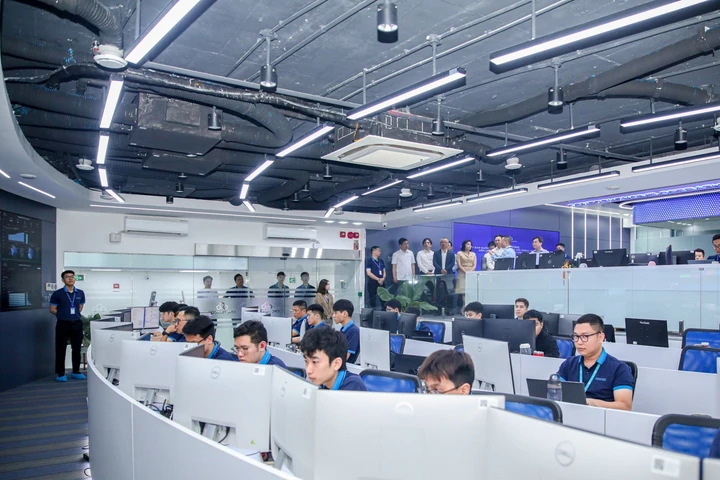
The Law on Science, Technology and Innovation encourages the proactive participation of businesses and scientists in developing the innovation ecosystem.
Vietnam's Law on Science, Technology and Innovation has many similarities with successful institutional models of Korea, Singapore and Israel.
In South Korea, the law allows scientists to commercialize their research without going through a regulatory agency. Singapore prioritizes post-auditing, focusing on efficiency and speed of decision-making. Israel operates technology transfer centers as independent companies, closely linked to businesses.
Vietnam, through the new law, has also approached trends such as: promoting applied research; building a network of national and regional innovation centers; establishing investment funds from socialized sources; exploiting open data and managing intellectual property in a market-oriented manner. This is a positive sign that Vietnam is not outside the global flow of innovation.
The Law on Science, Technology and Innovation is not only a legal document, but also a manifesto for development through knowledge. With the spirit of creation, the law opens up a new institutional space, promotes social innovation, encourages commercialization of research, effective decentralization and links research with the market. In the country's new development journey, this is a fundamental law that helps Vietnam accelerate, compete with intellectual quality, enhance endogenous capacity and firmly step on the path of global integration.
Source: https://mst.gov.vn/luat-khcndmst-dua-doanh-nghiep-vao-vi-tri-trung-tam-thuc-day-tu-do-hoc-thuat-va-tu-duy-quan-tri-moi-197250627094445475.htm






![[Photo] Cat Ba - Green island paradise](/_next/image?url=https%3A%2F%2Fvphoto.vietnam.vn%2Fthumb%2F1200x675%2Fvietnam%2Fresource%2FIMAGE%2F2025%2F12%2F04%2F1764821844074_ndo_br_1-dcbthienduongxanh638-jpg.webp&w=3840&q=75)









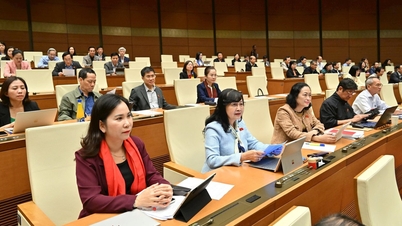

















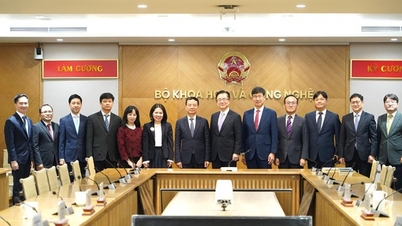
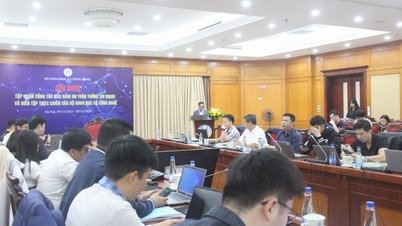
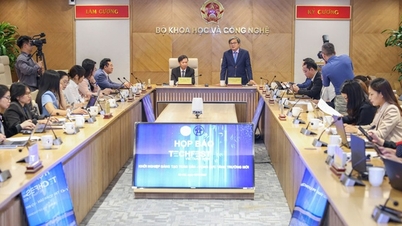







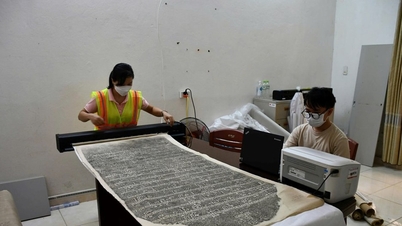


















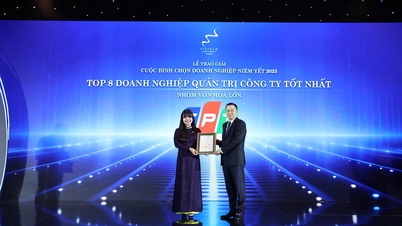


![[VIMC 40 days of lightning speed] Da Nang Port: Unity - Lightning speed - Breakthrough to the finish line](https://vphoto.vietnam.vn/thumb/402x226/vietnam/resource/IMAGE/2025/12/04/1764833540882_cdn_4-12-25.jpeg)























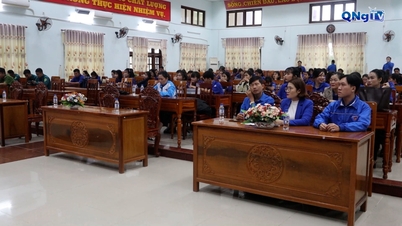
















Comment (0)